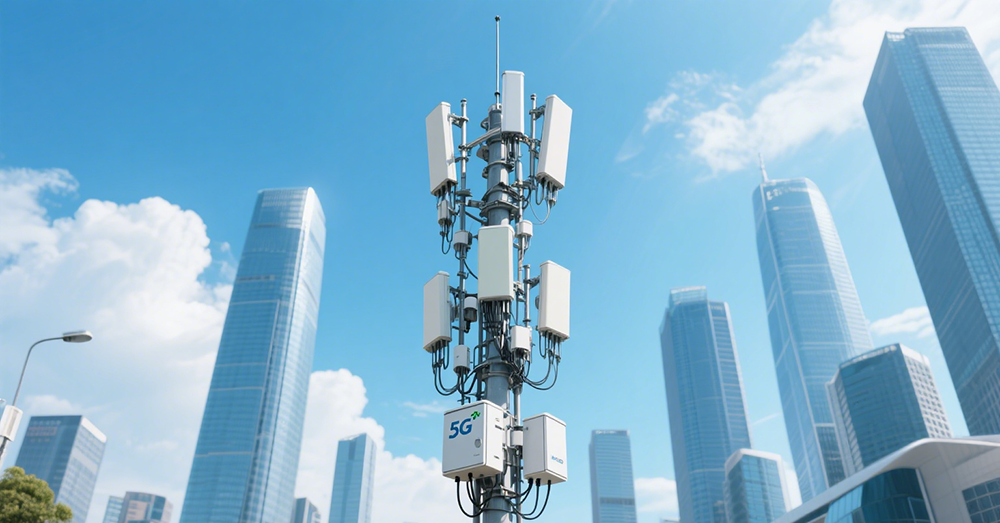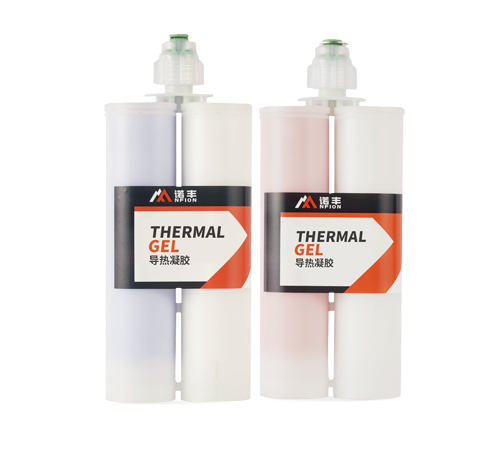What is a Base Station? — From Communication Core to Thermal Management Challenges

You use your phone every day to make calls, send messages, and stream videos, enjoying the convenience of mobile life. But have you ever wondered where these magical signals come from? The answer lies all around us, in the mysterious "boxes" and "antennas" standing on rooftops, roadsides, or towers—base stations.
If the mobile communication network were a giant spider web, the base station would be every single node on that web. But have you ever considered how much heat these devices generate when they operate 24/7? If that heat isn't effectively dissipated, the base station's performance can severely degrade or even fail, causing you to suddenly lose your signal.
This article will guide you to a deeper understanding of a base station's composition and working principles, with a special focus on the impact of heat on base station performance and how efficient thermal materials solve this core problem.
Definition and Basic Functions of a Base Station
What is a base station?
Simply put, a base station (BS) is a wireless transceiver device in a mobile communication network that provides wireless coverage and communicates with mobile terminals like your phone. It acts as a bridge, connecting your phone to a vast communication network to ensure smooth information flow.
Basic functions of a base station:
● Receiving and transmitting signals: The base station is both the transmitter and receiver of mobile phone signals.
● Network access: It converts wireless signals (electromagnetic waves) from your phone into wired signals and connects them to the operator's core network.
● Communication management: The base station also manages various communication details, such as allocating communication channels and controlling signal strength.
How Does a Base Station Work?
A base station's operation can be summarized in three steps: wireless transmission, signal conversion, and network connection.
First, the base station uses its tall antennas to transmit and receive electromagnetic waves, which we commonly call "mobile phone signals." Then, the radio frequency (RF) unit and baseband unit inside the base station convert these wireless signals into digital signals that the core network can recognize and process.
It's important to note that a significant amount of heat is generated as these units process and amplify signals at high speeds. According to the law of conservation of energy, most of the electrical energy is converted into thermal energy, which is the primary source of heat in a base station. If this heat is not dissipated in time, it can seriously affect the performance and lifespan of the chips.
Finally, the base station transmits these processed signals to the operator's core data center via fiber optic or microwave links, completing the information transfer.
Base Station Components and Thermal Challenges
A base station typically consists of several core components:
● Antenna: Responsible for receiving and transmitting wireless signals.
● Radio Frequency (RF) Unit: One of the main heat sources, responsible for processing and amplifying wireless signals.
● Baseband Unit: Another primary heat source, responsible for processing complex digital signals.
● Transmission Equipment: Responsible for transmitting signals from the base station to the core network.
● Power and Cabinet: Provides a stable power supply and protects the internal equipment.
To ensure the stable operation of a base station, an efficient thermal management system is essential. This system usually includes:
● Heatsinks: The core component of the cooling system, which dissipates heat by increasing surface area.
● Thermal Interface Materials (TIMs): This is a critical part of thermal management. To ensure that the heat generated by the chips can be efficiently transferred to the heatsinks, a special material must be placed between them. This is the thermal material. It acts as a "thermal bridge" connecting the heat source and the heatsink, allowing heat to flow unimpeded and preventing core components from failing due to overheating.
Base Station Classification and Thermal Demands
As technology advances, different types of base stations have placed higher demands on thermal management.
● 5G Base Stations: Compared to 4G base stations, 5G brings higher data throughput and power density, significantly increasing heat generation. Therefore, the performance requirements for thermal materials are much higher.
● Small/Micro Base Stations: These base stations are compact, with limited space, making thermal design more challenging. High-performance thermal materials are key to solving this problem.
Conclusion and Outlook
The base station is an indispensable piece of infrastructure in the mobile communication network, silently supporting every phone call, message, and network connection we make daily. And efficient thermal management, particularly the application of high-performance thermal materials, is the unsung hero that guarantees the long-term stable operation of a base station.
In the future, with the popularization of 5G and even 6G technologies, base stations will become more powerful, but the thermal challenges will also become more severe. The high-speed network around you has a contribution from us. In the future, we will continue to be dedicated to developing more advanced thermal materials, providing a solid "thermal" guarantee for the ubiquitous communication network.

 CN >
CN >



